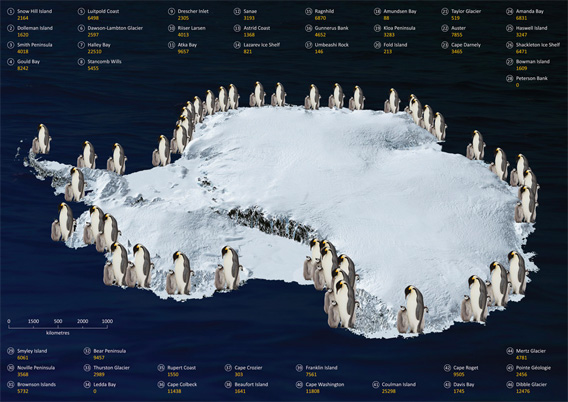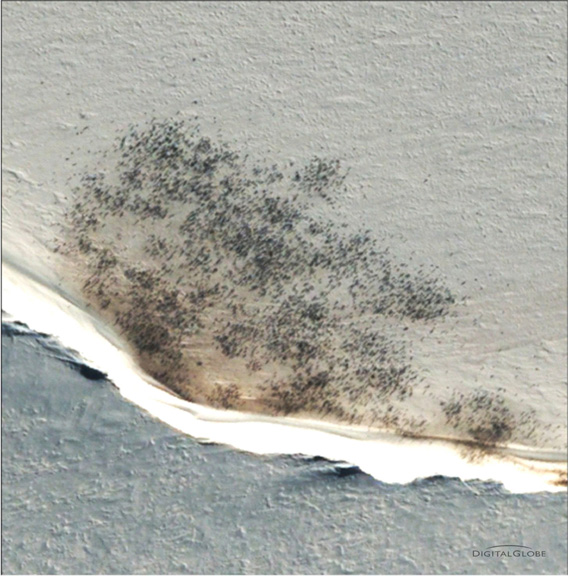By Randall Reeves, Chair of IUCN’s Cetacean (dolphins whales and porpoises) Specialist Group and one of the recipients of the Species Survival Commitment Chair's Citation of Excellence in recognition of his leadership of whale and dolphin conservation worldwide.
 One of the greatest challenges facing cetacean conservation is to get a clear and conclusive diagnosis. By that I mean understanding, first, the true status of a species or population and second, the drivers that determine such status. Gone are the days when things seemed simple: stop the deliberate killing (or at least reduce and manage it rationally) and the animals will recover. Now there are so many other factors to consider that we are often in a state of decision paralysis, unable to move ahead with confidence that one particular fix, or even a particular suite of fixes, will turn things around.
One of the greatest challenges facing cetacean conservation is to get a clear and conclusive diagnosis. By that I mean understanding, first, the true status of a species or population and second, the drivers that determine such status. Gone are the days when things seemed simple: stop the deliberate killing (or at least reduce and manage it rationally) and the animals will recover. Now there are so many other factors to consider that we are often in a state of decision paralysis, unable to move ahead with confidence that one particular fix, or even a particular suite of fixes, will turn things around.Another challenge is to avoid being so distracted by crisis situations that we fail to pay attention to ‘non-crises’ – by that I mean populations that appear to be doing fine but rapidly and unexpectedly prove otherwise.
We need to avert more species extinctions, having recently lost the Yangtze river dolphin (baiji), and find more effective ways of using the ‘charisma’ of cetaceans – without in the process compromising scientific integrity – for ecosystem protection and restoration.
The best conservation success stories for cetaceans are those of the groups of people who have steered international bodies in certain directions. This includes the International Whaling Commission towards protection of species like right whales, gray whales and humpback whales that are now recovering in many parts of their range; the United Nations towards banning large-scale driftnets on the high seas which were killing huge numbers of dolphins and porpoises and the tuna industry in the Pacific towards ‘dolphin-friendly’ fishing practices which have dramatically reduced the mortality of dolphins.
Perhaps the most significant contribution of our Specialist Group has been to raise global awareness of freshwater cetaceans and provide support for conservation biologists and activists who are working in very difficult circumstances to improve the prospects of those species.
articles from: IUCN-http://portals.iucn.org/blog/2012/04/12/steering-the-right-course-for-cetacean-conservation/



